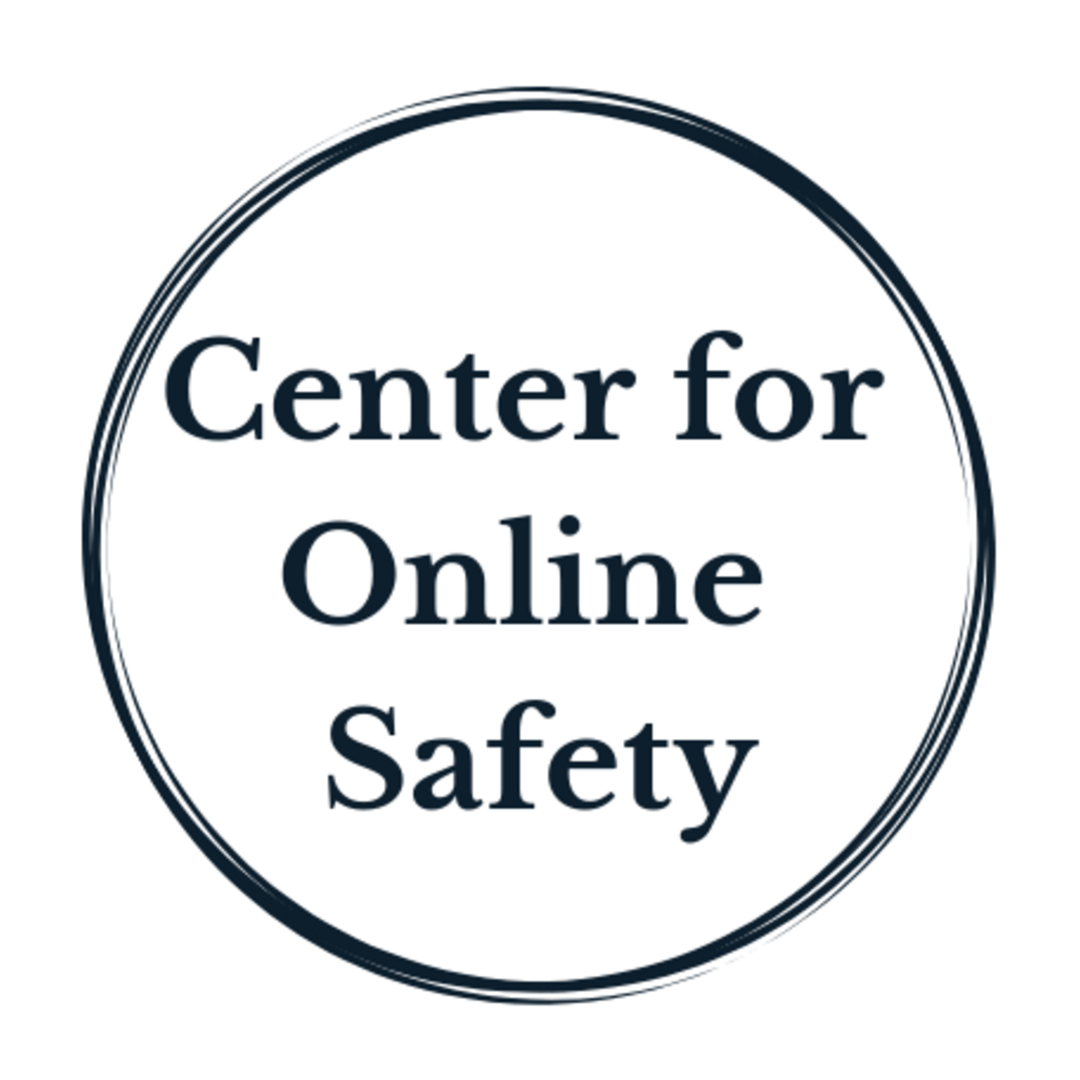Parent Guide: Online Safety & Screen Time
Help your child build healthy tech habits with your guidance
🚧 What Are Digital “Guard Rails”?
Think of yourself as the digital guard rail on your child’s tech journey.
You want them to explore safely but need to set up guard rails to prevent them from veering off into unsafe territory. Guard rails can be rules and boundaries, a Family Tech Agreement, conversations, safety settings and parental controls.
You have life experience and critical thinking skills that they need to learn. Having conversations and staying connected will help them stay safe, build good habits, and understand when to take breaks.
There are two types of rules and boundaries to think through:
Non-negotiable and safety-based rules
Negotiable and flexible rules
Non-Negotiable Screen Time Rules
These are best practice safety rules that every family should use. You’ll include them in your Family Tech Agreement (a contract you create together).
No devices during the first or last 30 minutes of the day
No phones at meal times
Family charging station in the kitchen or living room (not bedrooms)
No devices in the bedroom at night (no tablets, laptops, phones, gaming systems or Chromebooks)
Time limits on how long screens can be used
Only use apps/games that are parent-approved
Set parental controls to block unsafe content
Use a parental control app like Bark to send alerts if something unsafe is sent or received
Flexible Screen Time Rules
These are rules you decide together with your child. It gives them a voice—and helps you both stick to the plan.
Some ideas to talk through:
When can they be online for fun and entertainment?
How many minutes or hours of screen time per day?
What needs to be done before screen time (like homework)?
Which apps or games are okay?
Parental Controls: What Are They?
Parental controls are tools or apps that help you:
Limit screen time
Block harmful content
Get alerts if something risky happens
📌 But here’s the truth: parental controls aren’t perfect. Kids can figure out how to get around them. That’s why your relationship and ongoing conversations matter more than any one app.
The Most Important Safety Tool? TALKING.
The best protection isn’t an app—it’s regular, honest conversations with your child about:
How your values line up with the content online
What your family believes is safe and respectful behavior online
What your child is seeing and doing
How to take tech breaks for their mental and physical health
3 Tools to Help You Manage Screen Time
1. Screen Time (Free for Apple devices) – Set limits on apps, set bedtimes for device use, block certain content, and schedule downtime.
2. Google Family Link (Free for Android & Apple devices) – Set limits on apps, set bedtimes for device use, block certain content, and schedule downtime.
3. Bark (A paid subscription) – Provides the monitoring that the free apps don’t include. Bark sends you parental alerts for unsafe content, sets screen time schedules, tracks location, and filters web content.
Bonus Health & Safety Tips
Turn off notifications on apps/games
Block new app downloads without your okay (by using Screen Time, Google Family Link or Bark)
Turn location sharing OFF in most apps
Keep accounts private, not public
Turn off AirDrop/Nearby Share
Set Do Not Disturb times
Model good screen habits as a parent
Try a screen time detox or digital cleanse challenge with your family
Why It Matters
Kids today face a noisy, always-available digital world that isn’t always good for them. Apps are designed to keep them clicking and on screens. Social media can affect their mental health if not used wisely. Protecting them from harmful content and excessive time online lets kids be kids longer and helps them develop important life skills.
More Helpful Resources
Watch together:
Reverse Selfie video shows a young girl using filters to change her appearance
The Social Dilemma documentary on Netflix - discusses algorithms and how social media platforms make a profit
Take the Digital Wellness Quiz to learn more about your tech habits
First phone recommendations for parents
Jonathon Haidt’s book “The Anxious Generation” - This popular book describes how we have over-parented in the real world and under-parented in the digital world. Haidt gives 5 suggestions on what we can do.
Common Sense Media reviews of apps, games, movies, etc
Final Thought
It’s never too late to create healthier tech habits for your family. Start small, stay consistent and keep the conversation going.

